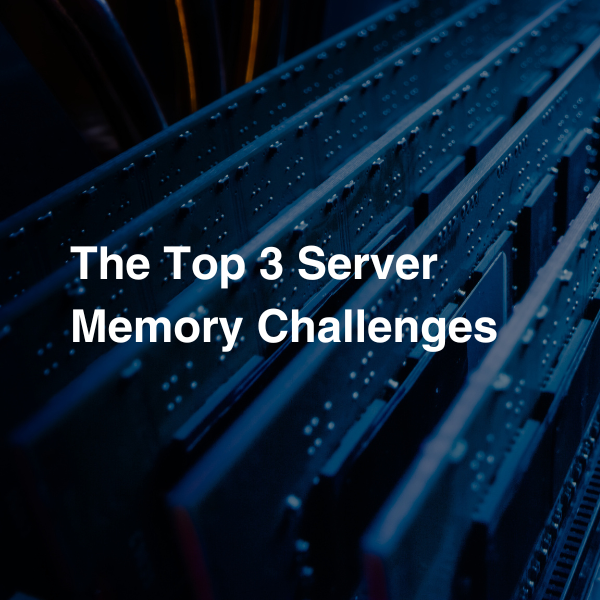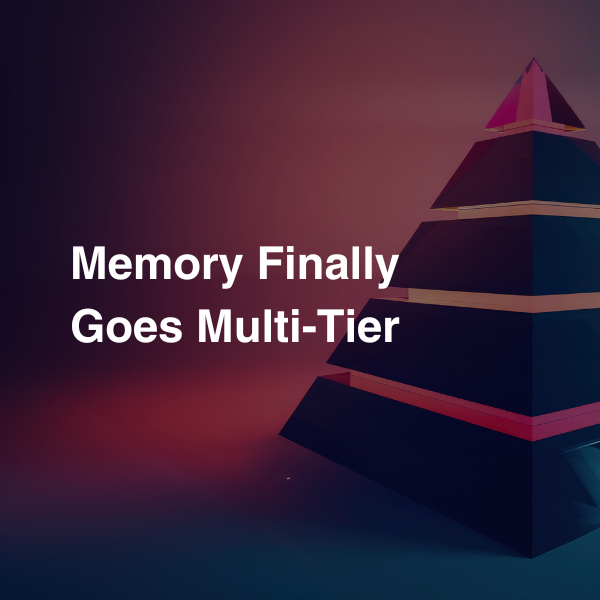Avoiding the Memory Cliff

In our modern computing landscape, memory is king. For many applications—especially data-intensive workloads like analytics, AI/ML pipelines, and in-memory databases—performance depends directly on how much memory is available.
Memory is not only expensive, it’s also rigid: when you hit your memory limit, your application performance doesn't degrade gracefully—it falls off dramatically or even fails.
This phenomenon is commonly referred to as the memory cliff problem. MEXT is here to help you avoid it.
What Is the Memory Cliff?
The memory cliff occurs when an application consumes all available DRAM. This can happen during a spike in demand or simply because the working set has grown larger than expected. The result is often catastrophic: latency skyrockets, throughput plummets, and user experience takes a dramatic hit. In some cases, the application fails altogether.
Traditional approaches to solving this problem involve overprovisioning expensive DRAM, swapping to disk, or rewriting applications to handle memory constraints more gracefully—all of which are either costly, complex, or non-performant.
Memory that Adapts to Demand
MEXT offers a radically different solution by turning memory into an elastic resource. MEXT enables system Flash to appear as DRAM-speed memory to the OS, meaning that when memory demand spikes occur, the system can simply leverage MEXT-plus-Flash as an extension of its existing DRAM—a “memory bank” of sorts that can be called upon as the need arises.
This is accomplished through MEXT’s AI-Powered Predictive Memory technology, which continually offloads inactive / cold memory pages to Flash, leverages AI to keep predicting which of those pages are likely to be needed soon, and proactively pushes those pages back to DRAM—keeping the application running smoothly, as if its needed memory pages never left DRAM.
With MEXT, your applications effectively gain immediate access to a much larger memory pool, with no changes required to your underlying infrastructure. The result? When memory runs out, instead of falling off the memory cliff, your application simply goes out to MEXT-plus-Flash and continues to run smoothly.
Real-World Impact
Imagine running a real-time analytics engine that periodically spikes in memory usage. With traditional infrastructure, you’d either:
- Overpay for a high-memory instance that sits mostly idle, or
- Risk application failure when a spike hits and you fall off the memory cliff
With MEXT, memory expands elastically to meet demand, and you never fall off the memory cliff. Because you can seamlessly transition out from DRAM to MEXT-plus-Flash, your “memory runway” gets longer, and you stay running performantly.
At some point, of course, the capacity of your Flash device will limit how far this runway extends. But with MEXT, instead of dropping off a steep cliff (as occurs in traditional configurations), it becomes a smooth path down from peak to ground. A smooth path that buys you just enough time and ability to readjust your infrastructure and carry on.
Get the Latest
Sign up to receive the latest news about MEXT.
Contact Us
Connect with a MEXT representative or sign up for a free POC.


